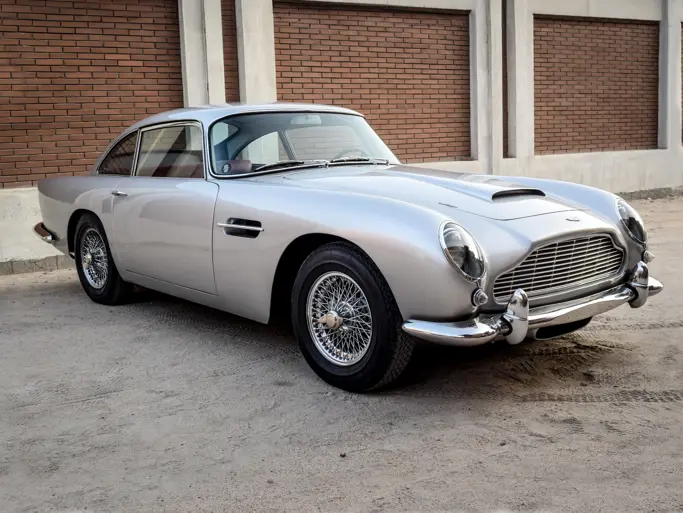The Littlefield Collection
M32B3 Armored Recovery Vehicle (ARV)
{{lr.item.text}}
$86,250 USD | Sold
 | Portola Valley, California
| Portola Valley, California
{{internetCurrentBid}}
{{internetTimeLeft}}

Weight: 32-tons (29,029-kg)
Length: 19' 4” (5.90-m)
Width: 8' 7” (2.66-m)
Height: 9' 7” (2.94-m)
Crew: 4
Armor:
Hull front: 2” (51-mm)
Turret front: ( -mm)
Weapons:
-Primary
1x 81-mm mortar
1x .50-cal M2HB machine gun
-Secondary
1x .30-cal machine gun M1919A4
-Ammunition
x 81-mm
500x .50-cal
x .30-cal
Engine: Ford GAA, 8-cylinder, 450-hp
Power/weight: 14-hp/ton
Fuel Capacity: 168-USG (635-l)
Range: 130-miles (209-km)
Speed: 26-mph (41-km/h)
The vehicle being offered, M32B3 ARV, was originally built by Ford Motor Company sometime in 1943 as an M4A3(75) medium tank. It was converted to an M32B3 ARV probably in 1944 by either Pressed Steel Car Co., or Lima Locomotive Works. This vehicle is in original and unrestored condition. Faint stenciling on the hull sides indicates that it was removed from U.S. Army service sometime in 1952. This vehicle drives and runs well. It was recently used to tow tanks including a Centurion, around the MVTF's yard. The interior needs a cosmetic restoration as well does the exterior. The wheels are serviceable, but the tracks are worn. The A-frame is moveable.
The M32 series of ARV's were all based on the M4 medium tank series. Each major production variant except for the M4A4 had a corresponding ARV built. Work on the M32 series began in March 1943 when it was determined that there were no longer enough M3 medium tanks to convert into M31 ARV's. The M32 was equipped with a 60,000-pound Gar Wood winch driven by a power take-off from the main propeller shaft. A moveable A-frame boom was attached to the front sides of the hull and could be swung forward for lifting. A fixed turret was mounted in place of the normal rotatable gun turret. The turret had two large circular openings, one of which was covered by the standard split-hatch cupola seen on the M4 medium tank turrets. Brackets inside the turret were used for tools, ammunition and anything else required by the crew. Various tow bars and spare suspension components were carried in brackets mounted on the hull and turret exterior.
The first M32's built, M32B2's, were based on M4A2 hulls and were completed by Lima Locomotive Works in June 1943. Other companies involved in the conversion process included Pressed Steel Car Co., Baldwin Locomotive Works, Federal Machine and Welder, and International Harvester Corp. Nearly 1,700 M32 series vehicles, including 318 M32B3 where built from converted hulls. The turrets of many of the tanks they were converted from were recycled and used on new production hulls when foundry capacity was unavailable late in the war. The M32 series first saw action during the invasion of Saipan in June 1944 and saw widespread service in the European Theater of Operations from the late summer of 1944 onwards. They continued in U.S. service until replaced by the Sherman based M74 in the mid-1950s.
Transport Cost to Storage: $3,960





